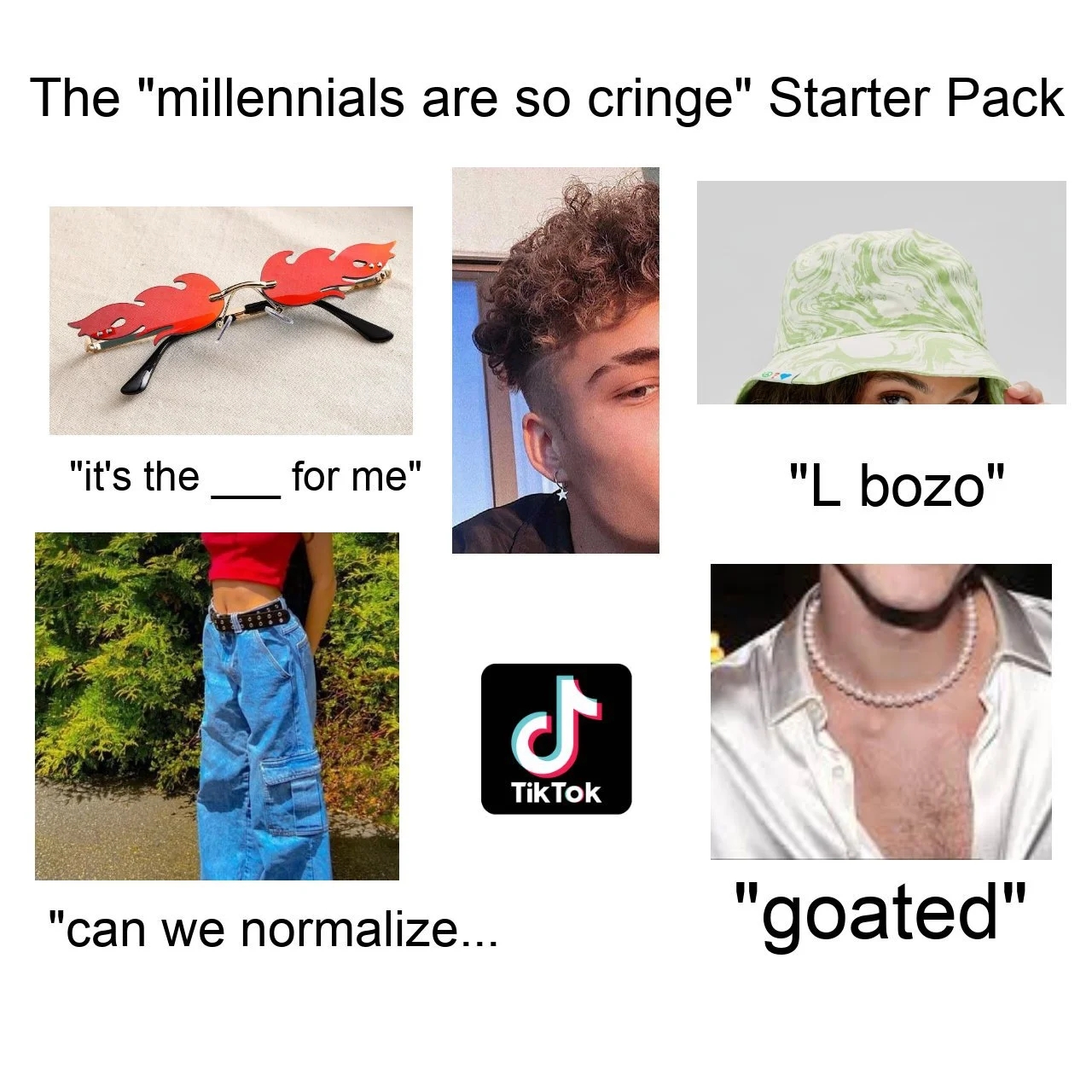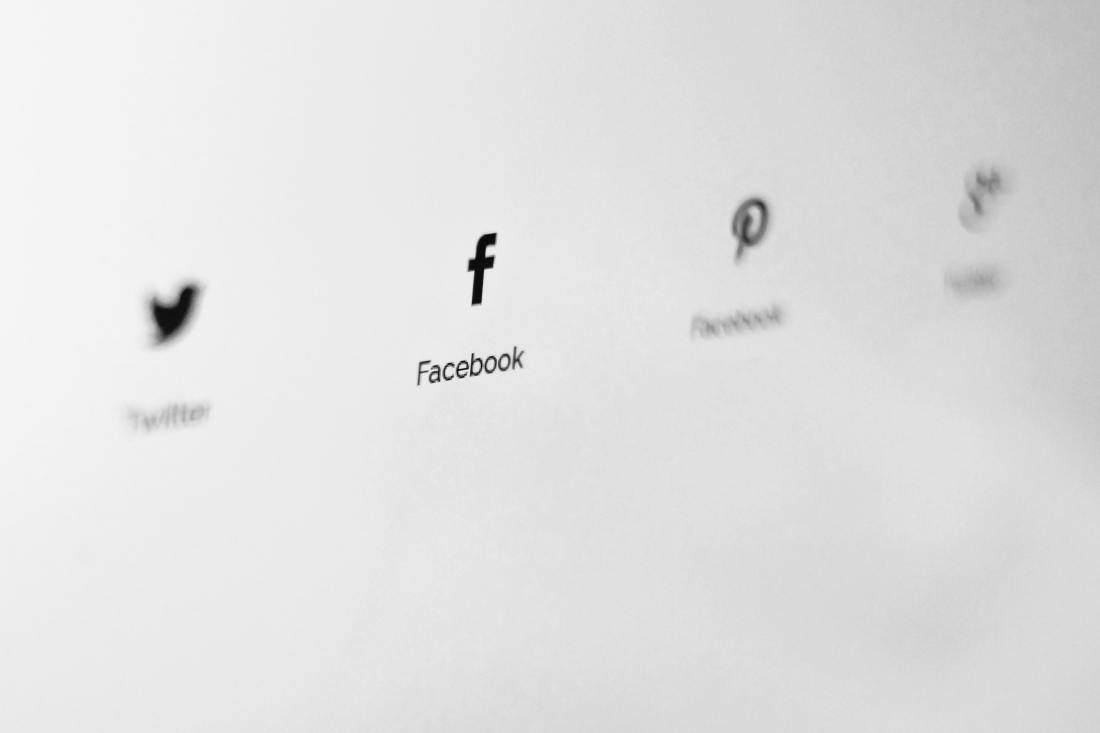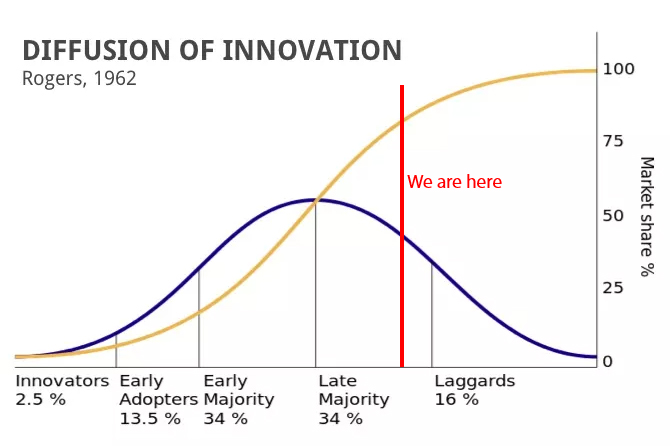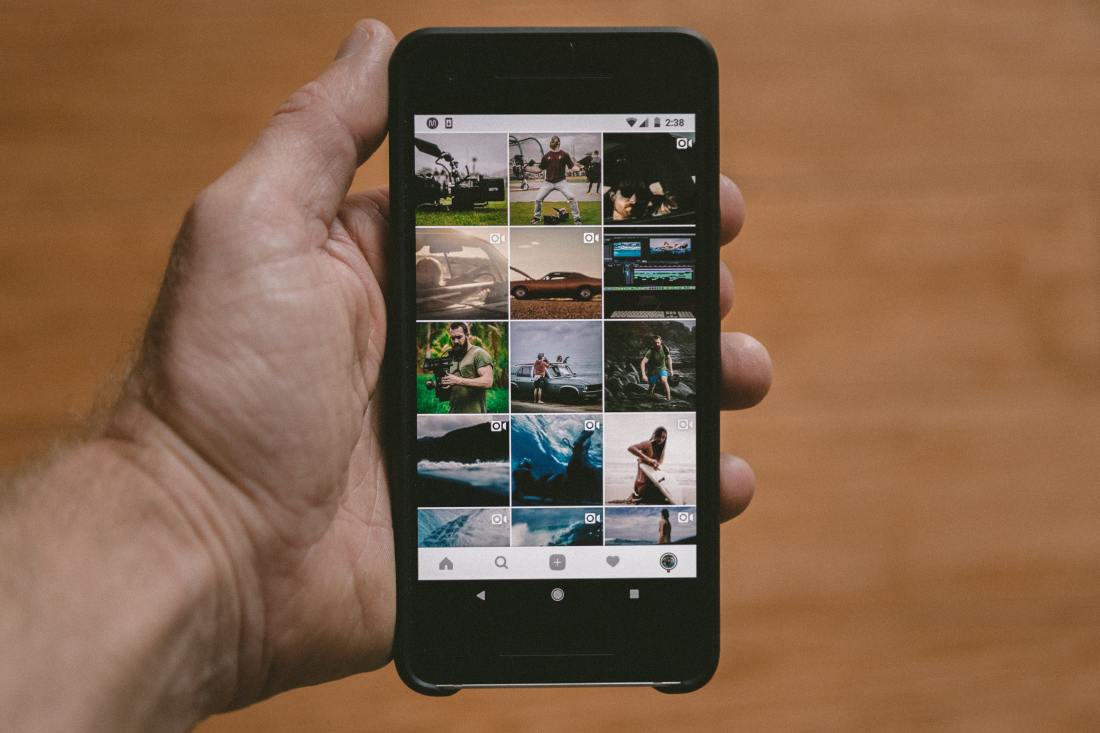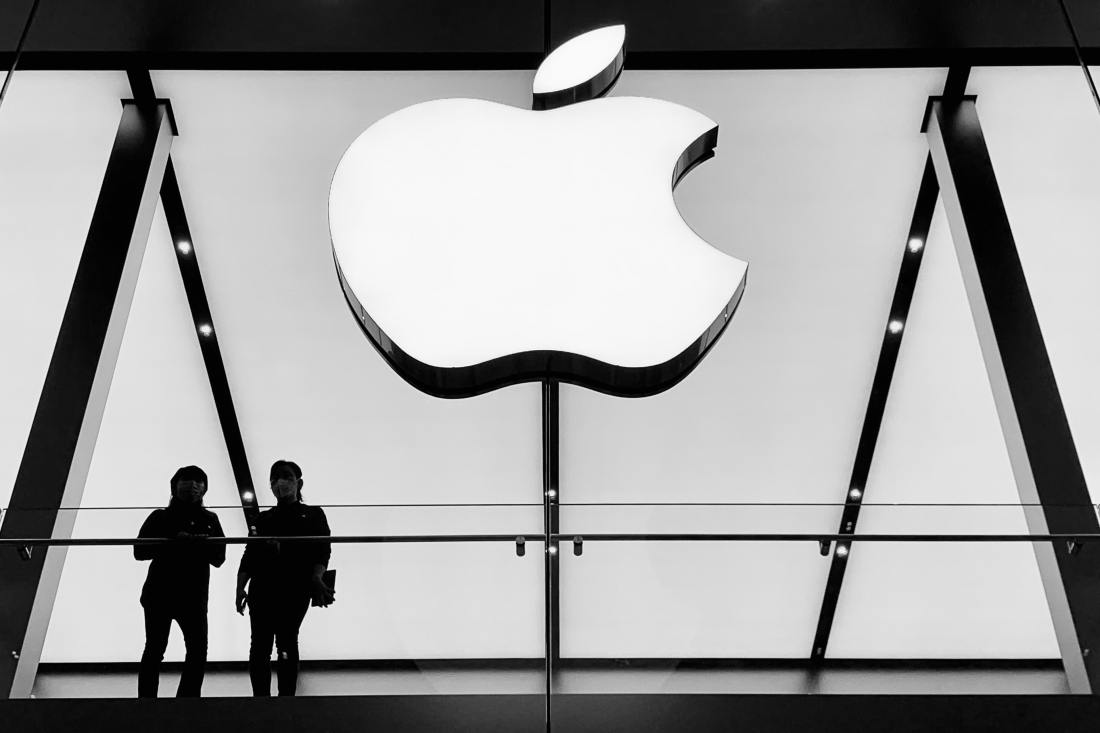TikTok didn’t start so graciously. Do you remember when it first started off as “Musical.ly”, teaming with pre-pubescent Gen Z-ers lip-syncing to their live audiences? It was undoubtedly cringey, but somehow it succeed to garner global attention. I clearly remember hearing Gary Vee urging people to pay attention to it as the next best thing, and I hate to say it, but he was absolutely right!
In 2018 Musica.ly became TikTok, and a global phenomenon was born. Teenagers were still dominating the platform, (now with viral dance routines), but the pandemic changed things for good. By the summer of 2021 the app reached 3 billion downloads, and it was the first non-Meta app to reach this milestone.
It’s easy when you’re on the top of the world, but I started observing some subtle and not-so-subtle signals that the app might be on the decline. Here are 3 early signs that point in that direction.
1. TikTok is reaching its saturation point in some markets.
The growth paradox of capitalism applies to all entities that are on the market, and TikTok is no exception. After the dizzying growth during the pandemic, TikTok growth numbers are beginning to slow down in some countries. Have a look at TikTok’s US growth in the graph below. We can observe a similar pattern for UK too.
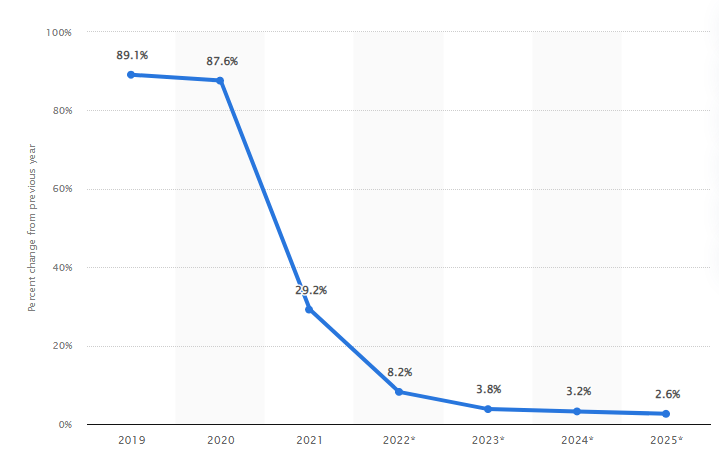
2. TikTok is starting to lose cultural relevance.
To me, this is the most serious sign that TikTok might be headed towards a slowdown, and even abandonment. Social networks are dependent on social signals and public perceptions. I believe that its initial perception as “an app for cringey dancing teenagers” wasn’t so detrimental to its image. This perception almost has an innocent charm to it.
Things drastically change when certain clichés start to emerge from the culture itself. Once a cliché takes shape, it’s easier to identify it, make fun of it, and the people participating in it. It’s one thing to make fun of teenage behavior, but it’s completely different when the app culture becomes cringe.
TikTok is going to be under even greater threat in about 5 years, as Gen Alpha is going to start dominating the internet. They would be naturally inclined to move away from the virtual spaces that their parents occupy. It’s likely that Gen Z will go through the same cultural cancellation as Millennials did.
3. TikTok spies
This is the lowest of the hanging fruits when it comes to TikTok’s eventual demise. The app is already completely banned in India, while there are bans for public sector workers in the US, UK, Taiwan, Canada and the EU. That’s a lot of countries and regions by the way. Not only that, recently there have been calls for even stricter regulatory action and complete bans. The future is not looking bright for TikTok in 2023.
Who shall inherit the Tock?
The platform already influenced a seismic shift in social media to the point that even LinkedIn tried to have their own short videos. Short videos are probably here to stay though.
If TikTok is banned in the US, it’s basically over for the app. The next “short video king” is likely to be YouTube with their “Shorts”. They can thank Meta for strategically moving away from Instagram Reels, as of recent.
TikTok culture will certainly continue exist on other platforms, but it will never be the same. I imagine we will reminisce about TikTok in the future just like we are reminiscing about Vine today.

